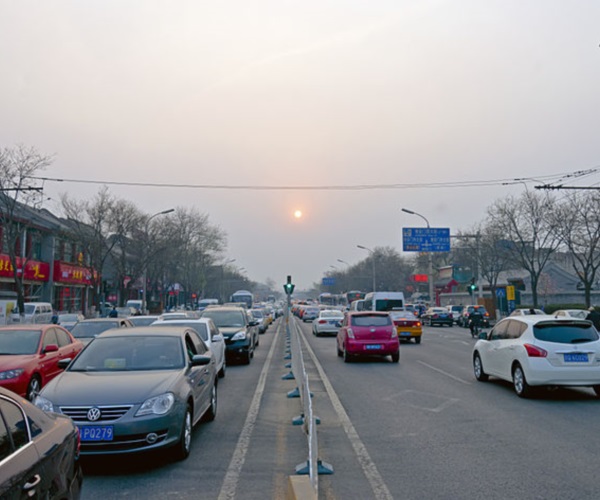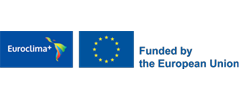PREPARED FOR: American Public Transportation Association Darnell Grisby, Director, Policy Development and Researc
This study was conducted for the American Public Transportation Association (APTA) by the Shared-Use Mobility Center (SUMC), with funding provided through the Transit Cooperative Research Program (TCRP) Project J-11, Quick-Response Research on Long-Term Strategic Issues. The TCRP is sponsored by the Federal Transit Administration (FTA); directed by the Transit Development Corporation, the education and research arm of APTA; and administered by The National Academies, through the Transportation Research Board. Project J-11 is intended to fund quick response studies on behalf of the TCRP Oversight and Project Selection (TOPS) Committee, the FTA, APTA and its committees.
This report was primarily written by Colin Murphy under the direction of the Principal Investigator, Sharon Feigon, and was edited by Tim Frisbie, all of the Shared-Use Mobility Center (SUMC). SUMC is grateful to TransitCenter for a research grant that supported the extensive interview portion of this project. The interviews and the data analysis of transit capacity were done in association with Sam Schwartz Engineering and overseen by Joe Iacobucci. Additional research, analysis, and editorial input were contributed by Albert Benedict, William Kaplowitz, and Jacques Kibambe Ngoie of SUMC, and Ben Norquist and Vig Krishnamurthy of Sam Schwartz Engineering.
The work was guided by a project panel whose members included Marlene Connor, Marlene Connor Associates; Shyam Kannan, Washington Metropolitan Area Transportation Authority; Gabe Klein, Fontinalis Partners; Jacob Lieb, Los Angeles Metro; Crystal Lyons, Crystal Fortune Lyons LLC; Jonathan McDonald, Atkins North America; Carl “Tex” Morgan, VIA Metropolitan Transit; Kristina Quigley, Regional Transportation Commission of Southern Nevada; Stephen Schlickman, Urban Transportation Center, University of Illinois at Chicago; Carl Sedoryk, Monterey-Salinas Transit; Aaron Weinstein, San Francisco Bay Area Rapid Transit District. Project liaisons were Darnell Grisby, American Public Transportation Association; Wendy Reuter, Canadian Urban Transit Association; and Katherine Kortum, Transportation Research Board. The project was managed by Dianne Schwager, Senior Program Officer at the Transportation Research Board, whose guidance, insight, and energy were invaluable in the completion of this study. Darnell Grisby, Director, Policy Development and Research, APTA developed the research framework and submitted the request for funding this research report.
INFORME



